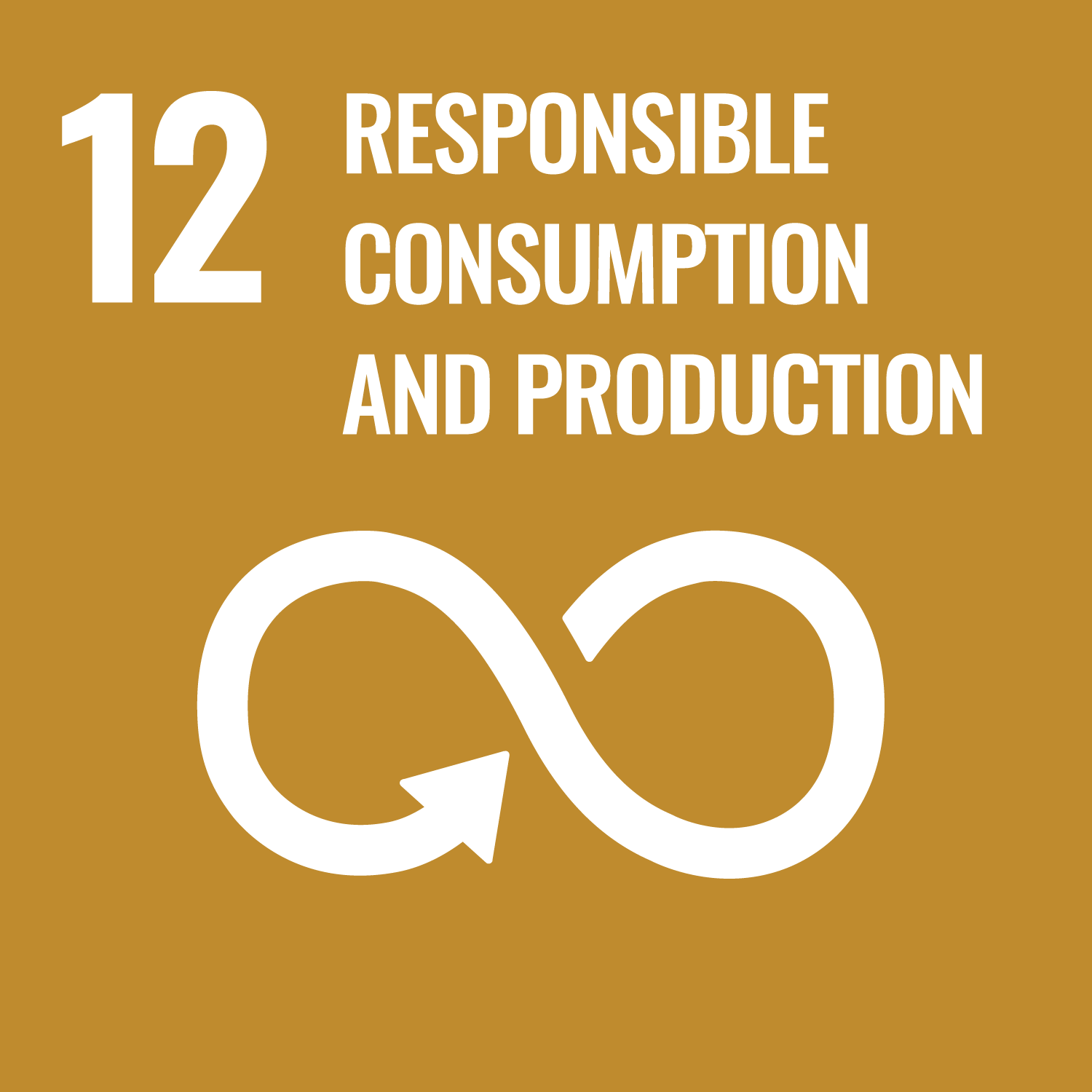Introduction
Controlling the world’s water resources is arguably one of the most critical issues. Water demand from industry and domestic users is set to rise throughout the industrialized world, while water supplies are finite. Legislation constantly demands improvements in potable water quality and reduces the contaminants that may be discharged. Wastewater treatment is one way to get water back. Wastewater is subjected to various treatments in wastewater treatment plants, each intended to remove contaminants and other hazardous substances from the water. The objective is to create water from sewage that is safe to discharge into waterways and won’t endanger the environment or human health. Over the last few years, Yokogawa has been applying minimized maintenance measurement systems to an industry that, more than ever, is concerned with condition-based maintenance and the integrity of the measured variable.
Process Information
Sewage that flows into a treatment plant is sent to a primary sedimentation tank to remove the garbage and sludge. Afterward, it is routed to an aeration tank where activated sludge (sludge containing bacteria, protozoa, and other microorganisms) is added. The air is blown into the mixture to agitate it. The microorganisms in the activated sludge thrive on oxygen, which encourages the growth of the sludge’s organic compounds and the precipitation of produced solids.
A shortage of dissolved oxygen (DO) will kill the microorganisms, so the aeration tank’s DO content needs to be carefully managed. The DO concentration is regularly measured using a DO analyzer.
Product Recommendation
The DO71 and DO72 optical dissolved oxygen sensors use the optical measurement method to measure oxygen dissolved in water continuously.
The Optical Sensors have a fast response time & good long-term stability. These sensors are prone to less maintenance, and the overall cost of ownership is lower.
Sensors are available for different oxygen ranges, wide and ultra-trace range oxygen measurements, ideally suited for oxygen monitoring in industrial applications or for W&WW where they must stand harsh measurement conditions.
The optical sensor is integrated into an exchangeable stainless-steel cap that is screwed to the probe housing.
As a digital interface, they use RS485 and can be connected directly to the FLXA402 4-Wire converter or any other host like a PLC, DCS, or data acquisition unit.
Key Features;
• Integrated with a compact 12 mm stainless steel tube
• Standard PG13.5 fitting for simple integration
• Maximum measurement range of 0…22.5 mg/L O2
• A detection limit of 20 ppb
• Trace oxygen sensor 0…2 mg/L O2 with 1 ppb limit of detection
• DO71 Waterproof design
• Simple integration, No polarization time
• Integrated temperature sensor for temperature compensation
• Bi-directional digital communication via RS485 Modbus RTU
• Low power consumption
• Five years shelf life of sensor end cap
DO Measurement System
Transmitter
FLXA402 4-wire Analyzer or A Modbus host with the use of SENCOMct tool
Sensor
DO71 or DO72-W
Configurations
Related Industries
-
Water & Wastewater
수자원은 한정되어 있으므로 지속 가능한 물 순환에 기여하는 것은 지속가능개발목표(SDGs) 중 하나입니다. Yokogawa는 깨끗하고 안전한 물의 안정적인 공급, 수질 환경 보호를 위한 폐수 처리, CO2 배출량 및 운영 비용 절감을 위한 물 손실 관리 및 플랜트 운영 최적화를 위한 첨단 디지털 제어 솔루션을 제공해 왔습니다. 최첨단 기술, 신뢰할 수 있는 제품, 그리고 전 세계 다양한 수자원 프로젝트에 대한 풍부한 전문 지식과 경험을 바탕으로, Yokogawa는 고객과 협력하여 플랜트 수명 주기 전반에 걸쳐 비즈니스를 성장시키고 가치를 창출하는 지속 가능한 수자원 솔루션을 제공합니다.
Yokogawa는 지자체 및 공업용수 처리 시장에서 광범위한 수처리 응용 분야를 지원합니다.


Related Products & Solutions
-
Dissolved Oxygen Sensors
용존 산소 (DO) 전극과 센서는 DO 측정의 감지 부분입니다.
용존 산소 측정에는 세 가지 일반적인 기술이 있습니다. : 폴라로그래픽, 갈바닉 및 옵티칼
Floating ball, Retractable, Flow-though, 침적 및 직접 삽입을 포함한 다양한 설치 옵션이 있습니다.
-
다중 채널 4-wire분석기 FLXA402
FLEXA™ 시리즈 분석기는 산업에서 지속적으로 온라인 측정에 사용되는 모듈식 디자인의 분석기입니다. 이 분석기는 단일 또는 다중 센서 측정을 제공합니다.

